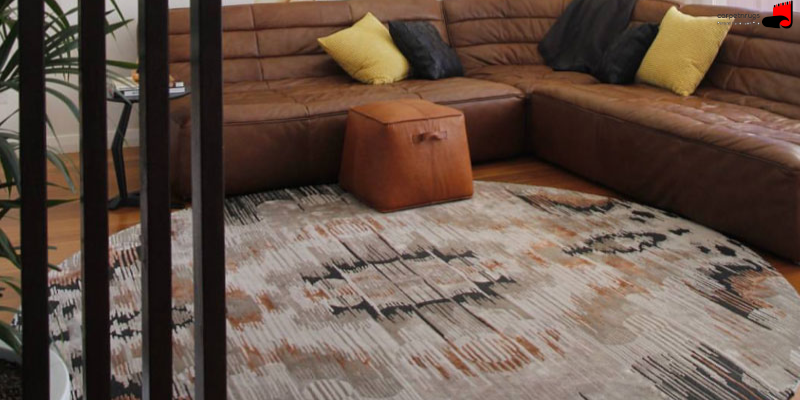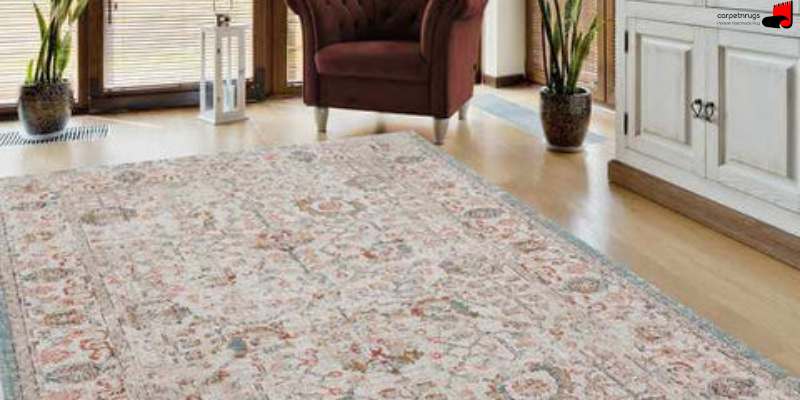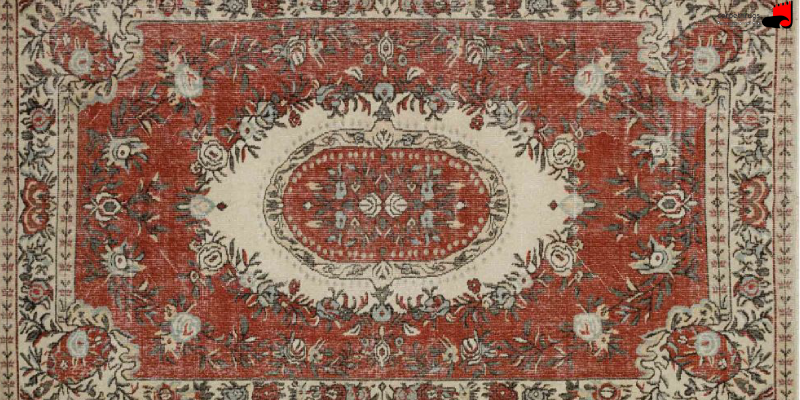What are the differences between classic and modern carpets?

What are the differences in materials, textures, and patterns between these two types of rugs? Choosing between a classic or modern rug for your home is a common issue for people looking for the right handmade rug.
Carpet styles
Historical records in our country show that the tradition of making carpets goes back to at least 5000 years ago. Iranians were among the first societies that sought solutions for their living spaces. After making “Beria” and “Pustin” from sheep and goat wool, they started designing and making kilims. Over time, they improved their skills and these traditions continued for thousands of years.
Iranians learned the art of carpet weaving and throughout history, they adapted their designs, patterns, textures, and colors based on the diversity of the geographical regions in which they lived. In mountainous areas, hand-woven carpets with a wide range of reds prevailed, as this color creates a warm atmosphere and makes people with energy and courage more positive in spirit. Tribes living in hot and dry areas used bright and vibrant colors for their handwoven carpets to create a cool and cheerful environment.
Rural and nomadic style
Nomadic carpets represent the first style of design in the context of Iran’s geography. Village weavers and nomads poured their souls and beliefs into the art of carpet weaving, creating intricate patterns inspired by the surrounding environment, each with deep meaning. In this style, accuracy in fit and measurements was not of primary importance, which was a natural result of the primitive weaving tools and equipment.
Tribes designed carpet patterns based on their own beliefs and systems, which were often difficult to interpret. The creation of patterns and designs was haphazard and intuitive, a feature that continues to attract a large number of enthusiasts, especially in Western countries.

Rural style
Over the centuries, some tribes led a sedentary lifestyle, which led to a new style of carpet design. With the benefit of large houses and access to special markets, the resident communities began to buy yarn and dye, and produce larger carpets, especially in autumn and winter to increase their income.
This style gradually spread to other regions and led to an increase in the production of rural carpets. Patterns changed from horizontal shapes to vertical horizons, combining random patterns with custom designs.
In rural carpets, there is no interruption in the patterns due to the fibers and lint. This means that the weaver could not build circular patterns well into the carpet and it must be said that sometimes the patterns were not perfect, which indicates the fundamental challenges in achieving perfect designs.
Cityscape
With the emergence of urban communities and advances in knotting, texturing, dyeing, and design techniques, higher quality carpets appeared that could be exported to other regions. Sofs are associated with the lineages that contributed to the development of urban carpet styles. They brought together many prominent Iranian architects and painters and created carpet designs woven from silk thread, gold and silver that were unique and inimitable. These days, these carpets are exhibited in big and famous museums of the world.
During this period, patterns, both broken and geometric, experienced developments due to advances in knotting and texturing techniques that led to significant improvements in design and texture quality.
Modern style
With at least 500 years since the emergence of urban styles, recent decades have seen an increase in demand for changes in interior design, including carpets and rugs, due to the modernization of human lifestyles. Some people found traditional carpets such as ethnic, rural or urban carpets less attractive and felt the need to introduce new products to the market. Therefore, designers began to understand the preferences of their customers and used innovative designs to create unique and unusual patterns and colors.
Differences between modern and classic style
Differences in the type of texture, coloring or dimensions of classic and modern carpets may not be visible. The main difference between these two types of carpets is in their design and color range. Classic rugs usually include traditional, old colors such as beige, cream, or dark blue and come in a wide variety of intricate patterns. Historical designers and weavers have always emphasized the details in the overall structure of the carpet.
On the contrary, modern rugs have a distinctive design approach. Patterns in this style are characterized by simplicity and geometric shapes with large spaces between them. These patterns are usually drawn in a specific color and the boundaries are clearly defined. Modern rugs tend to use simpler and less detailed patterns, and most of them are woven in two or three colors.

Decorative differences between classic and modern carpets
The biggest difference between modern and classic carpets is in their harmony with home or office furniture. A modern rug chosen for a home with contemporary furniture can fill the room with high energy, but the wrong choice can turn into a cold and lifeless feeling. The use of unique colors and patterns significantly affects the appeal of carpets in modern living spaces.
For those who have ancient sculptures and decorations in their homes, sometimes classic rugs are the ideal design choice. Classic rugs can create a fresh and beautiful harmony in such settings.
Classic rugs usually help create an intimate and energetic atmosphere, which makes them perfect for living rooms and family gatherings. In fact, they create a warm and welcoming feeling in the reception area.
The difference in price between modern and classic carpets
With the shrinking of homes, the reduction of living space in homes and the increase in the prices of carpets, the best choice to decorate at an affordable cost is to choose a modern carpet. Modern rugs, once known for their bright colors and simple patterns, now bring a lot of charm to small or modern homes.
On the other hand, classic carpets have higher prices than their modern counterparts due to high domestic and foreign demand. However, it should be noted that there is no difference between handmade and industrial products in terms of fabric and color quality.
However, industrial production carpets may sometimes command higher prices due to the use of specific patterns and designs in modern and popular styles. However, this is not always true.
Choosing the ideal carpet
When choosing a rug, it is important to consider your personal style and the furniture in the room. Classic rugs introduce an element of conformity and tradition, while modern rugs bring revival and contemporaneity to the space. It is also important to choose the right size with the dimensions of the room and choose the right colors and patterns to complete the overall look.
Summary:
However, whether you choose a classic or modern rug, rugs have the ability to add charm and character to a room. Classic rugs pay homage to the past and offer timeless beauty, while modern rugs capture the spirit of the present and inspire with innovative designs. The choice is ultimately up to you as to which rug best matches your personal taste and furniture.


